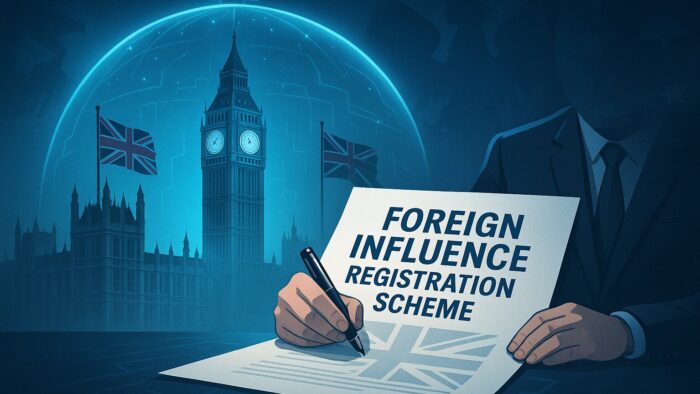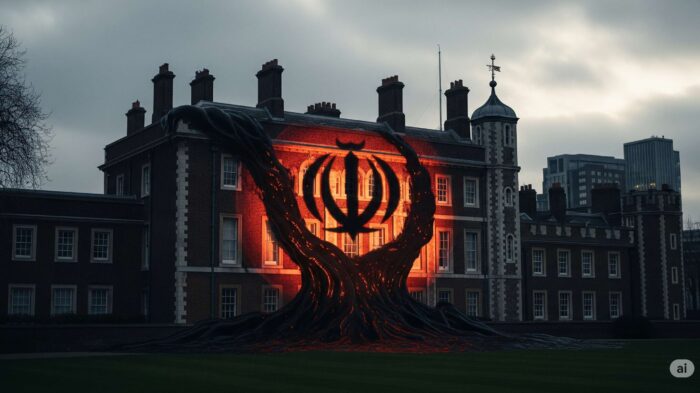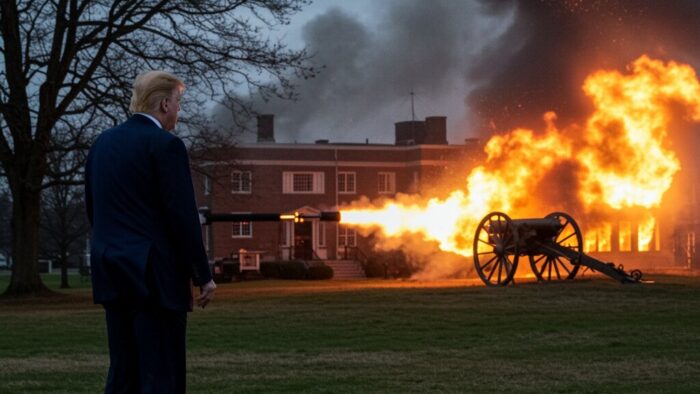US media is reporting that amid the war in Ukraine, the modern combination of smartphones, social media, and high-speed data links provides images that are faster, more visual, and more voluminous than in any previous military conflict. This, in turn, has brought new efforts to deceive and manipulate information which makes it difficult to establish facts on the ground and fuels a new type of ‘for of war.’ According to a Washington Post report:
February 24, 2022 Yet for all the visuals surging across the Internet, Alexander is unsure whether they are helping most people understand events in far-off battlefields. The intensity and immediacy of social media are creating a new kind of fog oof war, in which information and disinformation are continuously entangled with each other – clarifying and confusing in almost equal measure. ‘If you’re a normal person, and you go onto social media today, you’ll find it confusing,” said Alexander, 28, a mergers and acquisitions analyst for a start-up who for weeks has been spending his spare time analyzing Russian videos online for signs of fabrications. “If you don’t follow this in depth, you can be misinformed because there’s so much information being shot out in all directions.” Alexander has become an expert at seeing the often-subtle differences between Russian and Ukrainian tanks and weaponry. He’s learned to identify key Ukrainian landmarks. Most of all, he’s learned to study the latest videos of clues to what’s happening on the ground, while ignoring the written or spoken commentary he says is often misleading. […] But the modern combination of smartphones, social media and high-speed data links now are providing images that are almost certainly faster, more visual and more voluminous than in any previous major military conflict. They’ve also brought, experts say, new efforts to deceive, and the new conflict is unfolding alongside an aggressive and widely distributed campaign of disinformation that makes it hard for crowdsourcing to establish facts on the ground.
Read the full report here.
The Post report cites a media expert who argues it is currently better to get information about Ukraine from cable news rather than social media, given the amount of Russian propaganda on social media. However, the report also points out that social media has also been a valuable tool to verify troop movements and that it has helped Ukrainians to spread their messages to a global audience.
CNN has recently published a guide on how to navigate social media and avoid amplifying misinformation during major news events such as the attack on Ukraine., providing the following recommendations:
- First and foremost: Be skeptical. Be on the lookout for propaganda. Think twice before hitting send or share. “If you’re online you are a potential stooge in the information war,” professor Jennifer Mercieca commented.
- David French, a veteran of Operation Iraqi Freedom and a senior editor at The Dispatch, wrote: “View battlefield reports with extreme caution. The fog of war makes it difficult for even the combatants to understand what’s happening in real time. As dense as the fog is on the battlefield, it’s almost infinitely more opaque” on sites like Twitter.
- Professor and disinformation expert Kate Starbird said on Twitter that consumers should be “be wary of unfamiliar accounts.” Check their profile, Starbird wrote: “Are they brand new? Or low follower? What were they tweeting a couple of weeks or months ago? Make sure they are who they say they are. If you’re not sure, it’s okay to not retweet.”
- Christiaan Triebert of The New York Times’ visual investigations team recommended: “Do a reverse image search with Google and Yandex.” That’s good advice for images that seem especially striking or surprising. “If nothing shows up, mirror the image,” and try again, he said. Storyful’s Rob McDonagh noted that you can do the same with screenshots of videos…
Read the other recommendations here.
The term ‘fog of war’ is associated with Prussian military analyst Carl von Clausewitz and describes the uncertainty in situational awareness experienced by participants in military operations. According to Clausewitz, ‘war is the realm of uncertainty; three-quarters of the factors on which action in war is based are wrapped in a fog of greater or lesser uncertainty.’





